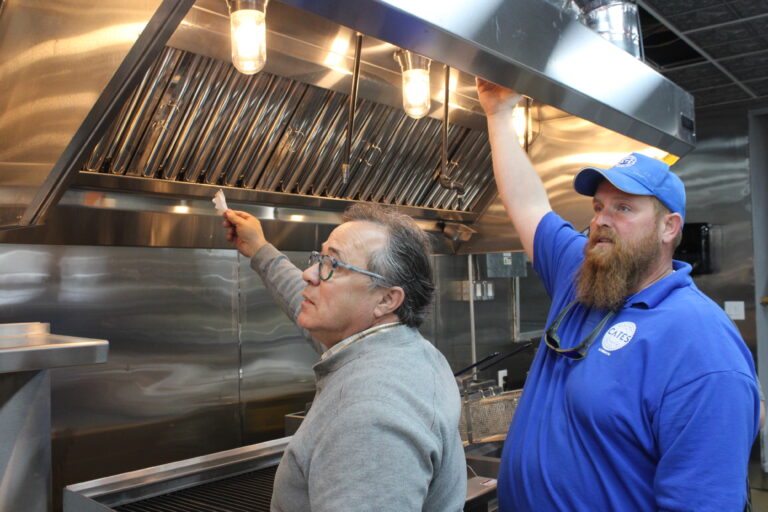Legacy Post Disclaimer
This is a #Legacy post imported from The Apalachicola Time’s previous platform. If you’re experiencing issues with this article, please email us at news@nevespublishing.com.
Spring brings brilliant sage blooms
History is replete with stories of sages. These individuals have attained wisdom far beyond the level of the common man or woman.
As such, these special people are able to see into the future and accurately predict the outcome of events. While their ability is not a reflection of omnipotence or the all-knowing, their special talents do give them a certain advantage over the general population.
Plato, Joan of Arc, and many others have entered the realm of sage status. Some have fared well and used their faculties to prosper, and others came to a tragic end after attempting to reshape their environment.
The native plant landscape of Gulf and Franklin County has two sages which have the special capacity to consistently produce colorful spring blooms. It does not take any exceptional expertise to know each spring will return these herbaceous plants to the attention of anyone who notices their brilliance.
Tropical sage, Salvia coccinea, or scarlet sage as it is sometimes known, and Lyreleaf sage, Salvia lyrata, are two perennial plants which populate panhandle Florida. Each can be found in the wild, but have made the transition to seed catalogs and ornamental nurseries.
Tropical sage is native to the southeastern United States including the state of Florida. It may attain a height of three to four feet, but is usually about 18 inches to two feet in height.
Its vertical trunk and branches have a vase-shaped structure. It produces strikingly rich red flowers in the late spring, summer, and fall seasons.
Occasionally, an example with pink or white blooms will add even more contrast to the landscape. This prized recessive genetic trait has been captured by the ornamental horticulture industry which produces named cultivars for the sale to the public.
This salvia will grow well in full sun, partial shade, or full shade. Flowering performance is, however, reduced in partial shade.
Tropical sage prefers moist, well-drained soil and, unlike many flowering bedding plants, is very drought tolerant. An additional benefit of this salvia is that it is blooming best during the hottest summer months when other flowering plants may suffer from the heat.
If utilized in a home landscape which needs a manicured look, cut the tropical sage back at the end of the year after it finishes flowering when foliage begins to die to maintain the neat landscape appearance. Although this is not necessary for good growth or survival of the plant, it keeps the garden looking groomed.
Lady in Red is a popular ornamental cultivar with deep red flowers. Rain often snaps off the flower spikes, but new ones are usually not far behind and this salvia can be propagated by seed or cuttings.
Lyreleaf sage can be found in the wild or in nurseries also. Its blooms are in the blue to purple range and are on display now.
Its ideal growing environment is close to the tropical sage, but blooms earlier in the spring. It is also a prolific re-seeder which produces mass plantings in the wild.
Franklin and Gulf Countys colorful spring and summer are a foregone conclusion, courtesy of the sages.
To learn more about this profuse bloomer in Gulf and Franklin County, contact the nearest UF/IFAS County Extension Office or visit https://sfyl.ifas.ufl.edu/find-your-local-office/. To read more stories by Les Harrison visit Outdoorauthor.com and follow me on Facebook.




Meet the Editor
David Adlerstein, The Apalachicola Times’ digital editor, started with the news outlet in January 2002 as a reporter.
Prior to then, David Adlerstein began as a newspaperman with a small Boston weekly, after graduating magna cum laude from Brandeis University in Waltham, Massachusetts. He later edited the weekly Bellville Times, and as business reporter for the daily Marion Star, both not far from his hometown of Columbus, Ohio.
In 1995, he moved to South Florida, and worked as a business reporter and editor of Medical Business newspaper. In Jan. 2002, he began with the Apalachicola Times, first as reporter and later as editor, and in Oct. 2020, also began editing the Port St. Joe Star.